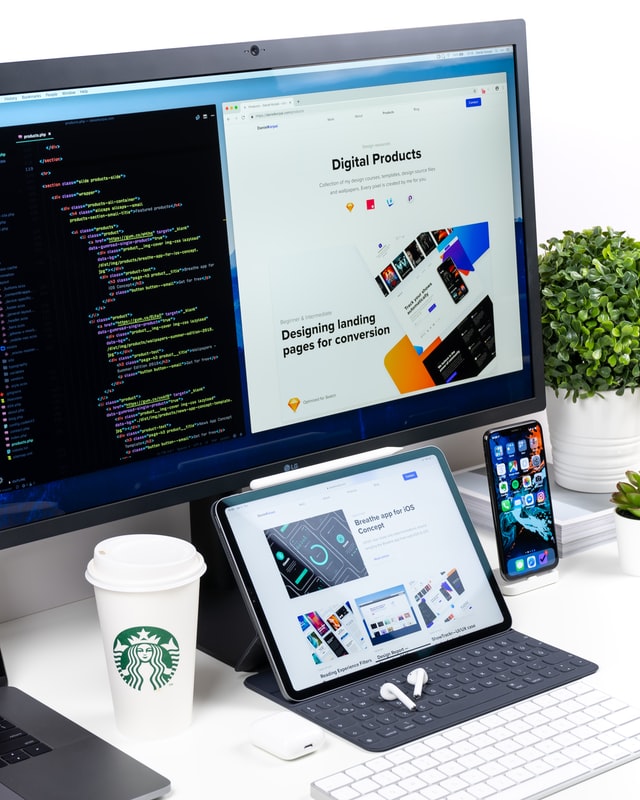
6 Ways Small Business Owners Can Stay Protected
Entrepreneurs have a lot to consider when establishing a company. Often, the proprietor is also in charge of sales, marketing, bookkeeping, and merchandising. While all of this is important, keep in mind that you are also the head of security. And, sadly, this is often a full-time job in and of itself. However, if you are aware of the dangers you face, you may ease your security role.
1. Install a Security System
It’s a good idea to put an alarm system on your property. In the case of a break-in, the alarm can notify both you and the authorities, thus minimizing damages.
Many thieves will avoid attempting a break-in if they are aware of the alarm, and if they do, the sound may be enough to frighten them away before they can steal anything.
Monitored alarm systems, or those that a remote center constantly monitors, are undoubtedly the finest option for commercial security systems. There may be a monthly monitoring charge, but the peace of mind often justifies the cost that someone is monitoring your property 24 hours a day for indications of unusual behavior.
Many of these systems are very comprehensive—assembling one on your own may be costly and time-consuming. Your time is undoubtedly your most valuable asset; thus, consider hiring a professional to save the trouble.
2. Appropriate Training
Believe it or not, the greatest danger to an organization is not usually the external adversary but rather its negligence. One of the most frequent causes of data loss or theft is employee carelessness. They misplace gadgets or keep sensitive company data on personal computers that may be less secure. Training workers in appropriate security measures is a simple activity that may save you a lot of hassle. Instruct them on the creation of strong passwords and the appropriate use of Internet security protocols. Assist them in identifying strange emails that may be phishing efforts. Additionally, establish explicit guidelines for protecting customer and organizational data when employees use their personal laptops at work.
3. Install surveillance cameras
If you have a physical site, security cameras are a must. Not only is the video useful in the case of theft or a break-in, but the mere existence of the cameras often serves as a deterrent to many would-be thieves.
Cameras are also reasonably priced these days. You can find security cameras for sale on various internet marketplaces that are cheap and effective. You don’t need a complex system; if you’re on a budget, a few wireless smart cameras can suffice. You’ll want to ensure that the cameras have sufficient resolution to distinguish faces with whichever configuration you choose. This precaution is critical if you find yourself in need of assistance from the authorities since it may be almost difficult to identify a suspect without a good view of their face. Additionally, night vision is critical for after-hours security.
4. Control of Permissions
Ascertain who has access to which data. Attempt to arrange things in such a way that no one employee has access to everything. Assign permissions per their work requirements. Additionally, never allow workers to install software without authorization. Third-party software is not always safe and may infect devices, stealing data, or deleting critical system files.
5. Utilize Robust Passwords
This advice applies to both brick-and-mortar establishments and companies that operate entirely online. Passwords should be safe, one-of-a-kind, and distinct across all platforms. Never use a password connected to your personal life in any way; you risk losing data to individuals who have access to your personal information. Additionally, you should avoid using the same password for several services since this makes it simpler for hackers to access your accounts.
6. Consult with a professional
Naturally, your budget may exclude the employment of a comprehensive IT staff. However, this should not prevent you from employing a dedicated expert capable of handling the needs of a small company. This is a prudent investment decision. An IT professional has the expertise necessary to assist you in making the shift to cloud computing or securing your Wi-Fi. They will be able to advise you on appropriate processes and identify suppliers that meet your specifications. Having to find things up and perform them on your own introduces the possibility of mistakes. Assign a knowledgeable someone to handle these problems, and your network’s security will improve tenfold.
It’s incredible how much impact technology has. These new technologies have simplified our lives in many ways, but they have also fundamentally altered the societies that accept them.














